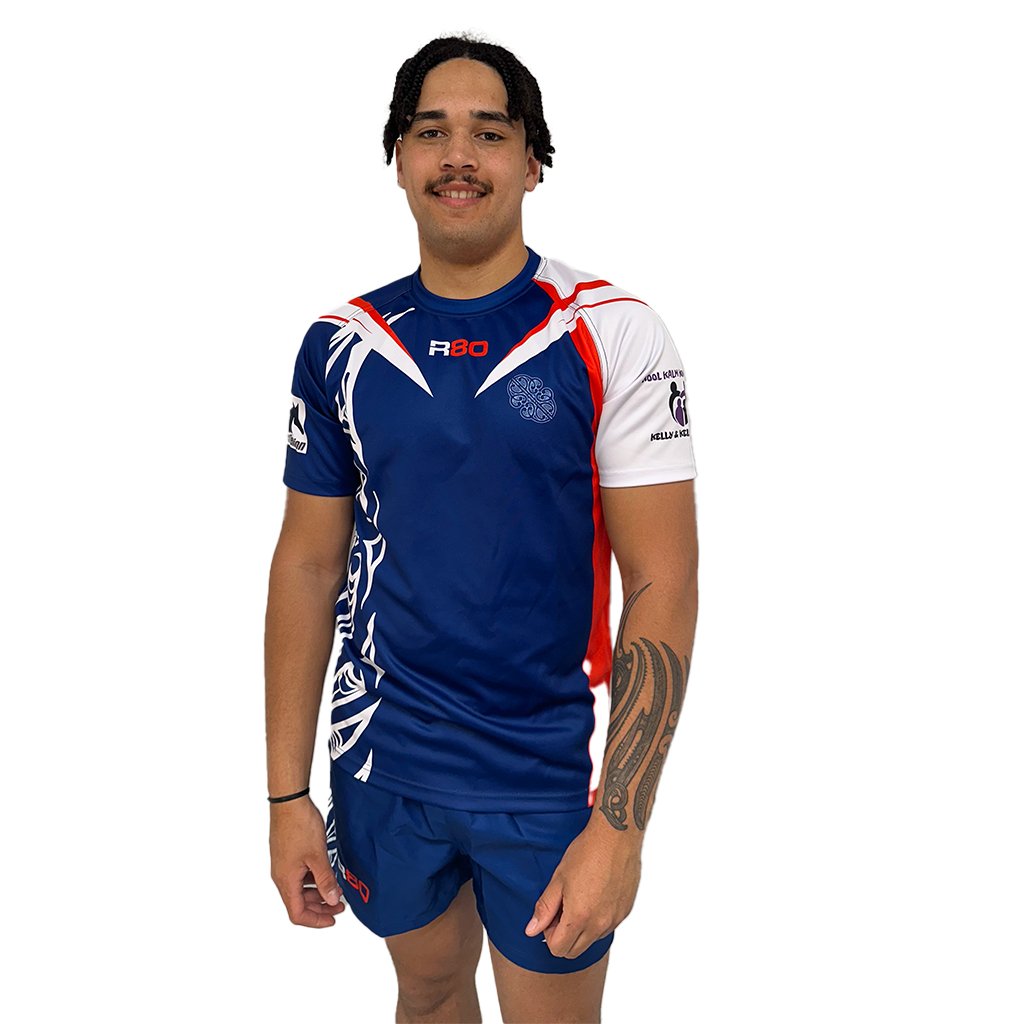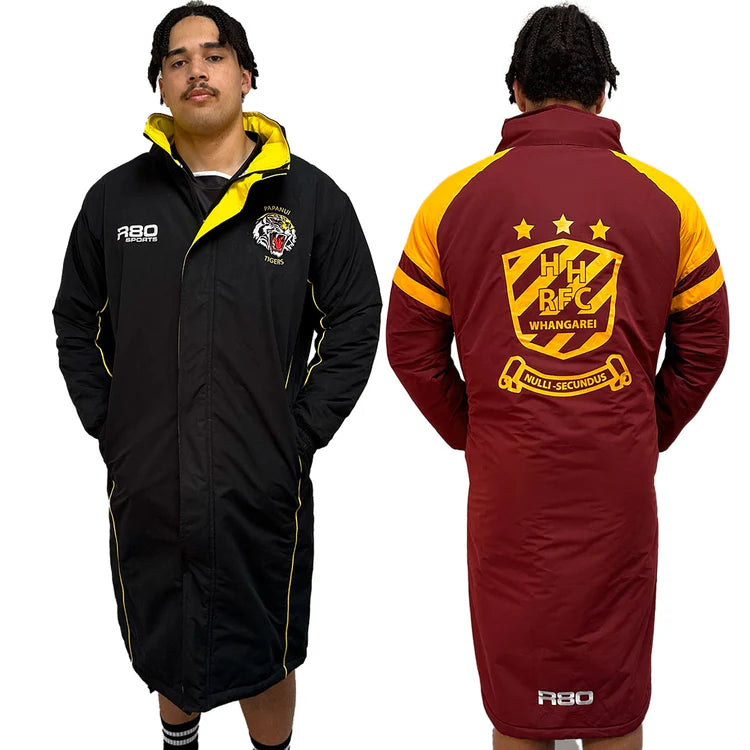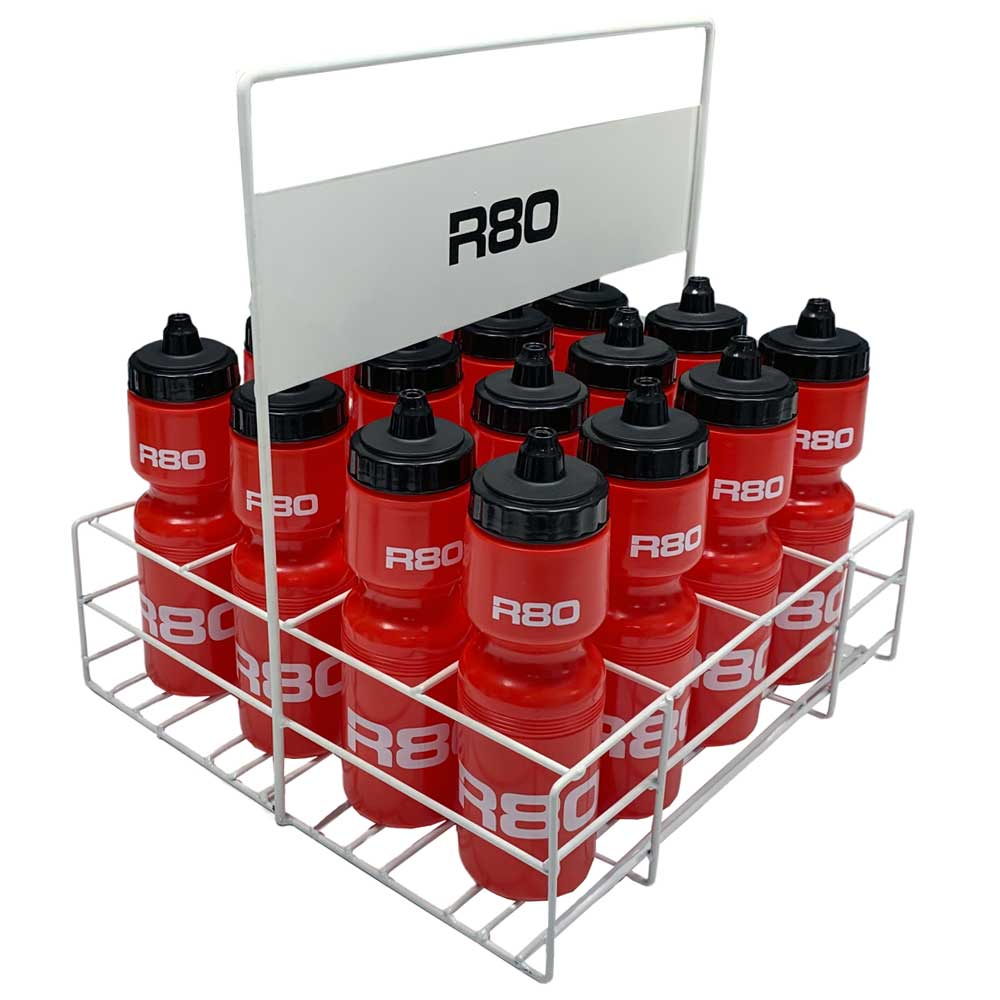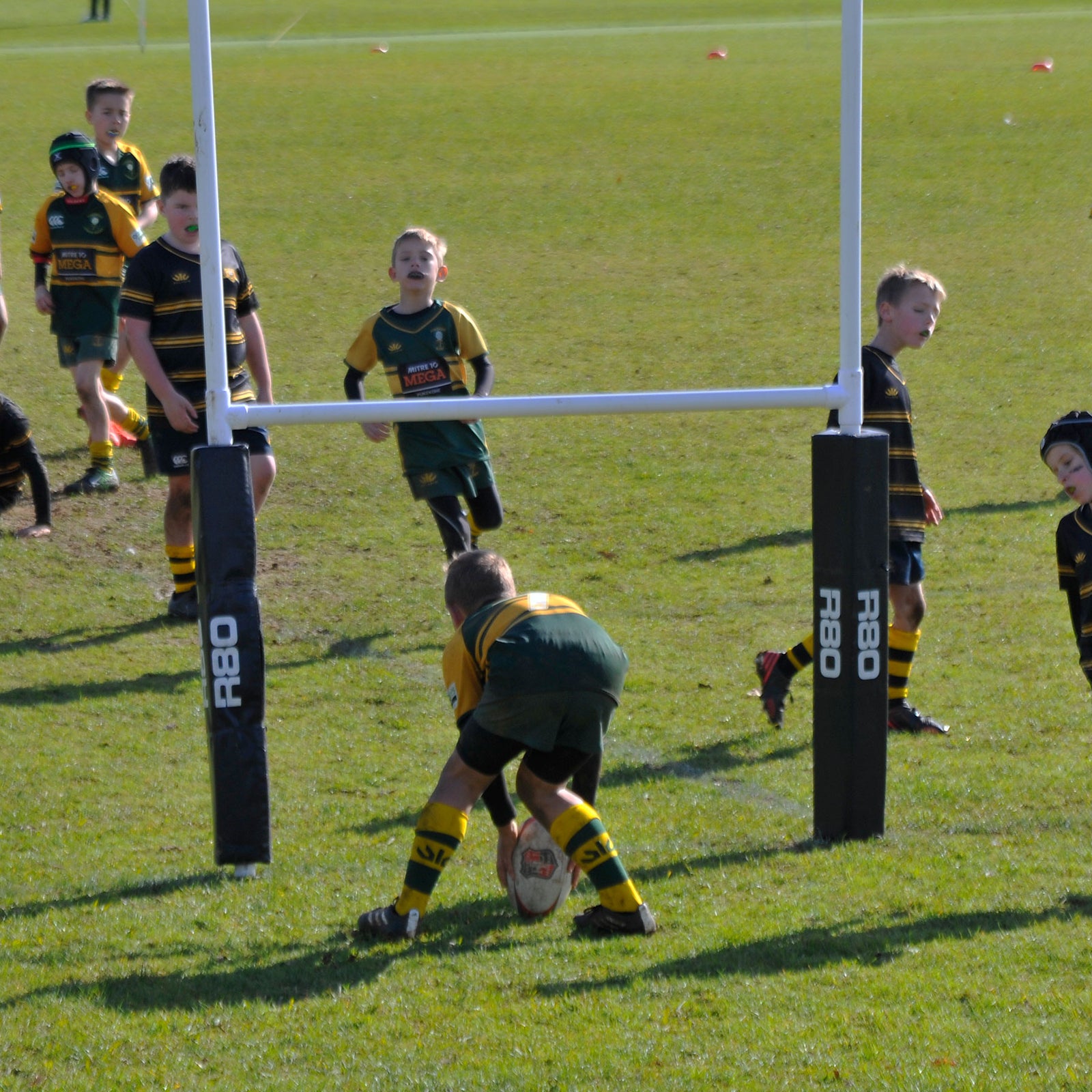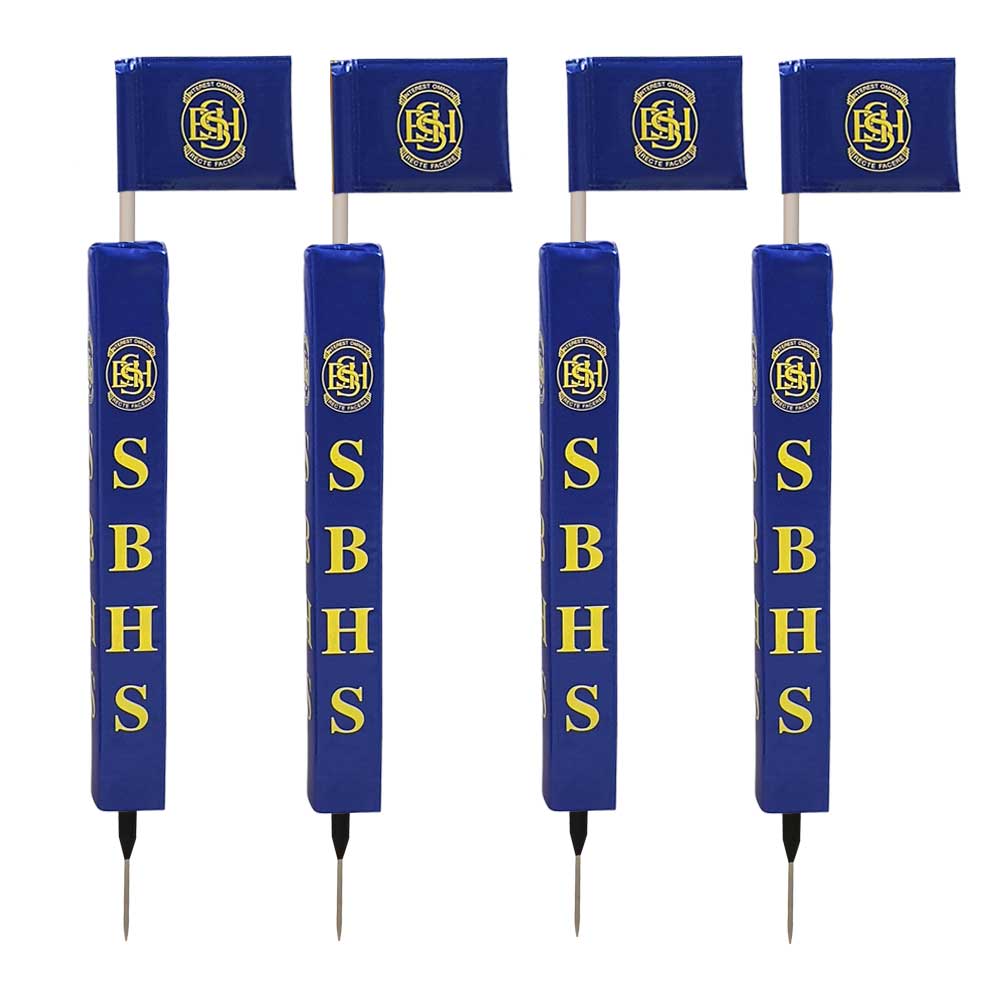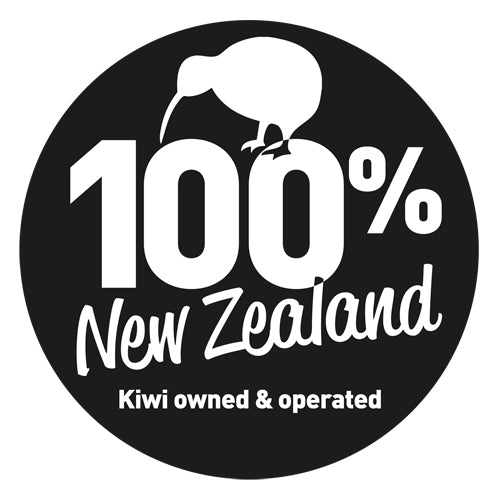Christmas Closure Hours.
We are closed from December 22 to Monday, January 5.
Christmas Closure Hours.
We are closed from December 22 to Monday, January 5.
Playing & Training
Teamwear & Uniforms
Fitness &, Medical
Field Set Up
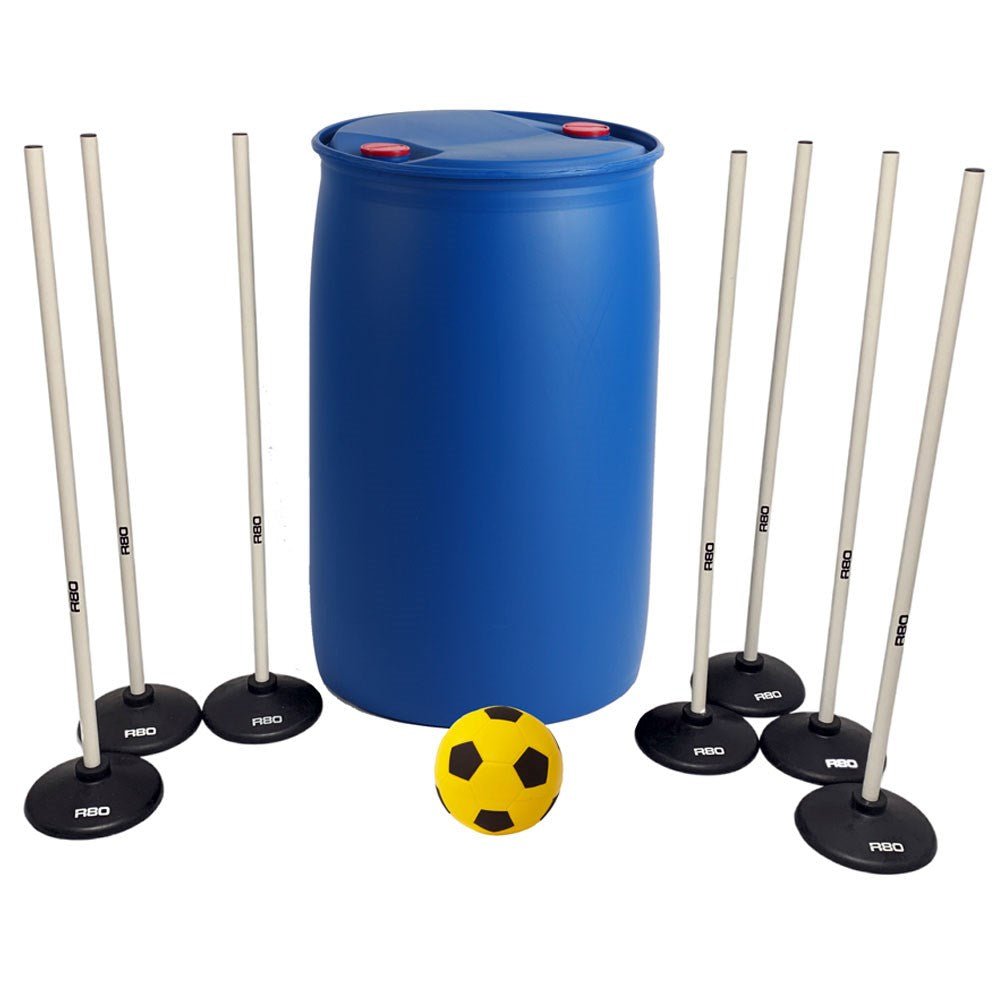
Ki-O-Rahi Indoor Starter Set
Ki-S1
$0.00$399.00
Set Includes:
- 1 x Tupu Drum
- 1 x Nga Pou Indoor Pole Set - 7 Poles and 7 Rubber Bases
- 1 x Kī Ball
- 1 x Carry Bag.
Ki-o-rahi is a very fast-paced game combining the skills of Tag Rugby, Rippa Rugby, Netball, Rugby, League, Touch and Handball.
Play as a contact tackle sport or with Rippa / Tag belts.
Suitable for all levels of fitness and ages and fast gaining in popularity.
Allow 10 days for manufacture.
More about Ki-o-Rahi
- Based on the Purakau (legend) of Rahitutakahina and the rescue of his wife Tiarakurapakewai. The tākaro is a reflection of Tupuna story telling at its best, as well as provides an insight into the way in which they would explain and design Tākaro to reflect their unique "world view". The Papa Tākaro (field) layout of Ki o Rahi and the way the Tākaro is played is a perfect example of this.
- A large team game played between 2 teams, kioma and taniwha on a large circular field. Played for 4 quarters or 2 halves of a set time, teams alternate roles of Kīoma and Taniwha at half or quarter time.
- Kīoma score by touching Pou/s with the Kī (for potential points) then running the Kī through Te Roto and placing it down in Pawero to convert pou touches into points. Kīoma stop the other team, Taniwha.
- Taniwha score by hitting the Tupu with the Kī. Kīoma will have Kaitiaki (guardians) around the Tupu to stop Taniwha from hitting the Tupu. Depending on which variation is being played, Taniwha must stop Kīoma from scoring by either touching, 2 handed touch, ripping the tag or tackling them in the appropriate area.
- 14 People minimum required (7 a side)
Field
- Ki o Rahi is played on a circular field with concentric circles.
- The size of the field varies depending on the amount of players, level of fitness and the type of rules being played.
- Kioma can go into Te Marama, Te Ao, Pawero zones. Te Ara is for the Kaitiaki/guardians to get in and out of Pawero to help attack or defend the Tupu. Te Roto can only be used by Kīomawhen running through to covert Pou touches into points.
- Taniwha can go into Te Roto and Te Ao zones only.
How to Play
- Play is started from te Marama, with Kioma throw or kick the ki to a team mate in Pawero area.
- They attempt to pass the ki to a teammate who touches a pou (for a potential point) then can touch more pou to accumulate more potential points or run it through te roto then place the ki on or over the Pawero line to convert all pou touches into points on the board. (this is the only time they can enter te roto).
- Kioma can not go through or over te ara to score.
- If a kioma player is “tagged” in te roto while trying to score it is a hand over, if they run into te roto and run or pass the ki back out with out being touch they retain possession but the pou touches are recounted.
- Kioma scores and play restarts with a kick off from te marama.
- Out of bounds, last team in possession hand over to other team.
- Taniwha scores by hitting the tupu with the ki and play carries on.
- Jump shots may be allowed if the taniwha player jumps from te roto and releases the ki before landing in Pawero, they must leave immediattely and not affect play or Kioma gain possession.
- Players in possession must be moving or they have 3-5 seconds to pass or shot or hand it over.
- Players can not enter te ara, unless they are kioma moving between pawero and te ao.
- Players may get the ki from other zones as long as part of their body stays in their legal zone, Taniwha may take jump shots at the tupu as long as the ball is released before they touch the ground. (some Iwi play no entering other zones or penalties may occur) This is called the Turangawaewae rule.
Variations
- Nonoke - Tackle version: Full contact version, which is also the traditional method of play. Tatū (negotiation of rules and conduct) is an important part and necessary process of Nonoke. Teams negotiate what's acceptable in the way of contact i.e. no head high tackles, no shoulder charges, substitutions etc. Tatū also governs and negotiates how teams will conduct themselves on and off the Papa Tākaro (Field)
- Nonoke - Ripper version: If attacking player gets ripped they have 3-5 seconds to pass the ki.
- Touch version: Touched with the ki, 3-5 seconds to pass, some Iwi play handover if touched with the ki.
- Tupu Tangata 2 or 3 players in the pawero are the tupu, so taniwha try to hit them to score, kioma / tupu try to karo / avoid being hit.
You may also like
Subscribe
Sign up to get the latest on sales, new releases and more …


